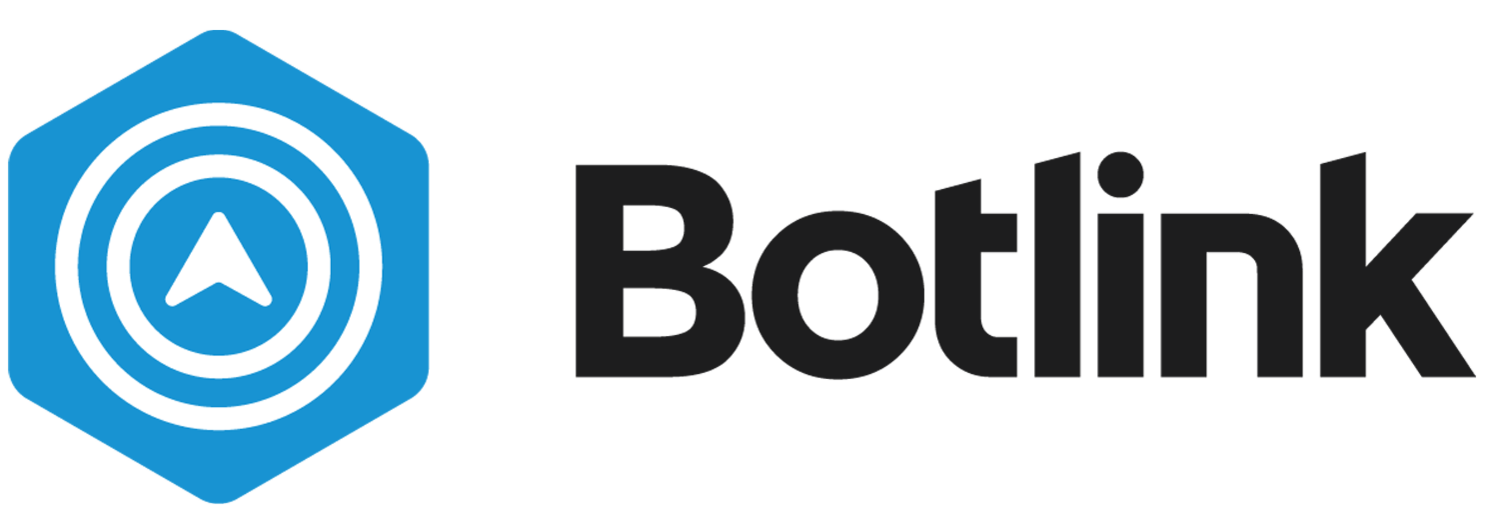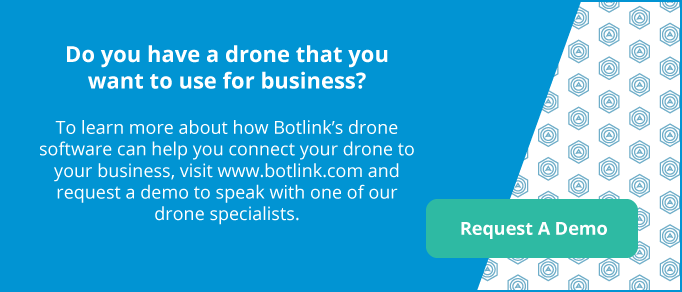Toys or Tools? 7 Helpful Ways to Use Drones In Construction
Sometimes, when technology is relatively new, it’s hard to see how it could be useful. Small Unmanned Aircraft Systems (sUAS) or drones might seem like interesting and fun technology for hobbyists, but can they really be useful tools for your engineering or construction operation?
Drones can give you a whole new perspective on your building projects from planning to close-out. We’ve compiled this list of 7 key uses for drones in construction to help you improve your bottom line; but once you start using drones for you business, we’re willing to bet you’ll find more!
Drones
can hover over and inspect areas that are too dangerous for workers, and they also deliver valuable insight into the way your operation is running.
1. Project Management
It’s no longer necessary for your project managers to drive from jobsite to jobsite every day to monitor progress. Instead, a site manager or on-site worker with minimal flight training can easily launch a drone along a pre-programmed survey route and images can be sent almost immediately to a manager at the home office for updates every step of the process.
Special software photo stitches high-definition orthomosaic maps and organizes them for you, so you can see changes to every part of your job site over time. Some systems even sync with existing construction management software, enabling you to seamlessly compile photo albums with tools already familiar to you that can then be used in planning meetings and to make more informed business decisions to help finish projects ahead of schedule and under budget.
Visualize your entire project from the air to improve planning and logistics.
View multiple projects from your office or laptop and share status updates with clients and investors.
2. Mark up and Measure
No need to post flags or roll out your measuring wheel. Drone software lets you annotate and actually take measurements of site maps from your computer. You can mark loading and unloading zones, safety concerns, or other points of interest; and even measure two-dimensional distances and areas; then share that information with staff and stakeholders to help them better understand the project.
The Botlink web app makes it easy for users to take length and area measurements and annotate projects.
3. Volumetrics
No need to post flags or roll out your measuring wheel. Drone software lets you annotate and actually take measurements of site maps from your computer. You can mark loading and unloading zones, safety concerns, or other points of interest; and even measure two-dimensional distances and areas; then share that information with staff and stakeholders to help them better understand the project.
Drone software combines aerial imagery with positional data from the autopilot to triangulate data points for 3D mapping and volumetric measurements.
4. Surveying
The most important part of any building is the land on which it rests, and drones provide valuable information while saving you a lot of time during the survey phase of projects. Drones can cover an entire plot in minutes and generate Digital Surface Models (DSMs) or colored maps showing “hot spots” and low areas that could affect drainage. Drone software can also generate other 3D models that can provide information to the excavating crew on the ground, ensuring a solid foundation for your project.
Drones can generate Digital Surface Models (DSMs) to show where drainage problems may exist on your worksite.
5. Inspect Structures and Infrastructure
Buckle a harness, scale scaffolding, and walk the roofline. If you can get over the inherent dangers of current building inspection methods, they’re still obviously time consuming. With drones, your boots stay firmly on the ground while you quickly retrieve high-definition photo and video data to evaluate your structure. Multi-rotor drones are highly maneuverable to inspect vertical surfaces and tight spaces, while fixed-wing drones can cover larger areas quickly to inspect highways, pipelines, and other infrastructure. In addition, drones can carry other sensors like thermal and multispectral cameras to help discover trouble spots the naked eye might miss. Data can also be easily shared with investors to help them make smarter, faster decisions.
Perform up-close inspections of buildings and infrastructure like this cellular tower, where it might otherwise be difficult or dangerous for people to reach.
6. Safety and Record Keeping
Drones can hover over and inspect areas that are too dangerous for workers, but they also deliver valuable insight into the way your operation is running, whether you’re missing potential hazards, and steps you can take to keep your employees safer at work like fencing or better equipment locations. Also, it’s a great way to keep visual records of your site operations, which can help immensely with future liability hearings.
Ensure trenches are properly sloped and shored, caution zones are properly cordoned, and proper measures are taken to prevent accidents at your sites.
7. Marketing
Drones are an inexpensive and inventive way to show off your work. Put more aerial photography, orthomosaic maps, and 3D models in your brochures and presentations or share high-definition flyover videos with potential clients to wow them with a new perspective. It can also be a great client relations tool to provide updates on a project, even if the customer can’t be there in person.
Give potential customers a new perspective on your work with aerial imagery on websites and presentations.
Reimagine your marketing with nadir imagery and high-definition orthomosaic site maps.











